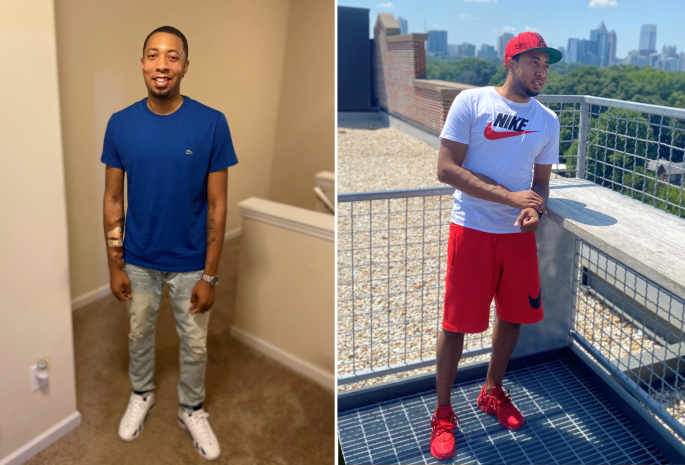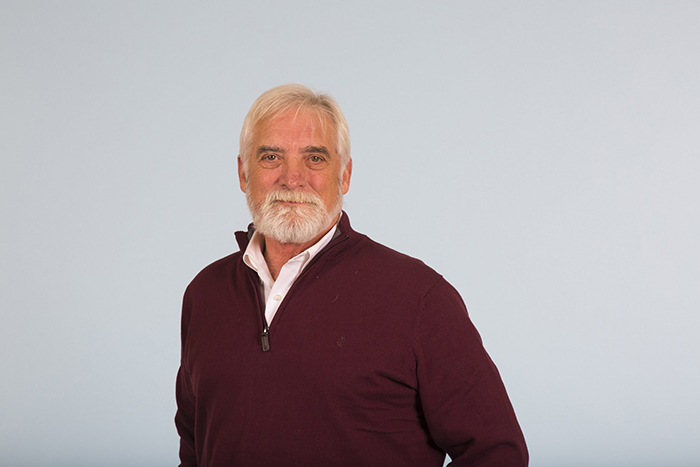Thaddeus was in excruciating back pain in December 2021 and knew he needed help. But he had no idea that help would come in the form of three major aortic surgeries, all within six weeks.
After trying to manage the pain on his own, Thaddeus went to the emergency department at Emory University Hospital. The team did a thorough workup, including imaging tests. He was surprised when a heart surgeon came to his bedside.
"I'm Going to Die Here."
Brad Leshnower, MD, explained that imaging tests revealed a dissection (tear) in the inner wall of Thaddeus' aorta. The aorta is the body's largest artery (16-18 inches long) and is candy cane-shaped. It begins just above the heart, curves over the top of the heart, and extends down through the chest wall and abdomen.
Sometimes, doctors can treat aortic dissections by managing the patient's blood pressure with medicine. But Thaddeus' blood pressure was too high for that. "When Dr. Leshnower told me it was my aorta, I thought, 'This is it. I'm going to die here,'" says Thaddeus, who was only 37. "But then he said he could repair it surgically and that he wouldn't even need to open me up. That gave me some hope."
Dr. Leshnower is one of only about 10 heart surgeons in the U.S. with specialized training in both open and endovascular aortic surgery. This dual expertise allows him to tailor the best treatment approach for each patient. When feasible, Dr. Leshnower opts for endovascular techniques, which are minimally invasive and use only small incisions. They lead to less blood loss and faster recoveries.
Dr. Leshnower repaired Thaddeus's aorta with an endovascular technique that involved inserting a small, fabric-lined tube (stent graft). The stent reinforced the weakened area and redirected blood flow. Thaddeus recovered for a few days at the hospital and went home feeling much better.




